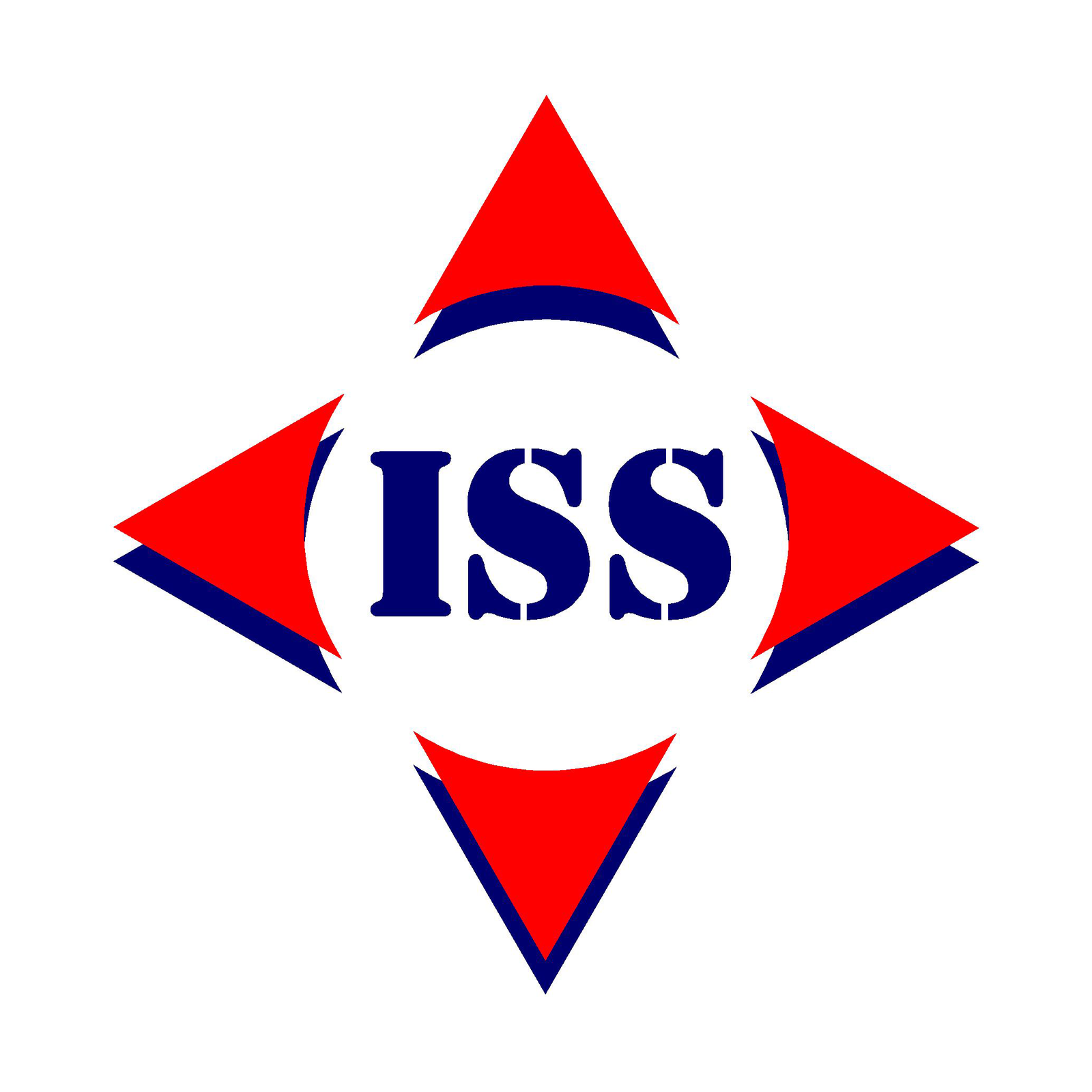
The process of freight forwarding is considerably complex. It involves many different steps and stakeholders, and requires a fair amount of expertise and knowledge to ensure that the goods get from point A to point B, with minimal setbacks.
At ISS, we believe that all shippers should have at least an elementary understanding of freight forwarding and how it works. To help with this, we have put together a basic guide to the process of freight forwarding.
What is Freight Forwarding?
Freight forwarding is the process of transporting goods from one location to another. It involves picking-up, transporting, storing, and delivering freight, as well as obtaining and filing the relevant documentation required to ensure your shipment is legally compliant.
The Freight Forwarding Steps
The process of freight forwarding can be broken down into 5 basic steps.
Step 1: Establishing a Contract
The first step in freight forwarding is establishing a contract between the freight forwarder and the shipper. The contract should contain information including the scope of the services to be provided, the type of shipment, origin and destination locations, transit times, and any other additional services such as warehousing and tracking. The cost of the services, payment terms, and any additional fees and surcharges. The establishment of a contract ensures that all parties are aware of their rights and responsibilities throughout the process and verify the expectations of both the shipper and the freight forwarder.
Step 2: Document Preparation
After a contract between the freight forwarder and the shipper has been established, the documents required in the shipping process will be prepared and filed. The freight forwarder will complete the paperwork required to move the goods, including customs documents, insurance certificates, etc. The freight forwarder will also provide the shipper with the documents they are responsible for. This is mainly paperwork that will ensure the shipment is legally compliant.
This step is paramount in ensuring the shipment is processed efficiently, with minimal delays.
Step 3: Picking-Up the Goods
The next step in the freight forwarding process is picking-up the goods. This is typically done by a third-party carrier, such as a trucking company, who will transport the goods from their initial position to the freight forwarder. The freight forwarder will then ensure the cargo gets to the correct port on-time.
Step 4: Transporting the Goods
Once the goods have been delivered to their origin port, they will then be loaded on the plane, ship, train, or truck, and transported to their destination port. The freight forwarder will choose the most efficient and cost-effective transportation method and route for the shipper, and work with the carrier to ensure the cargo is delivered on-time with all its relevant documentation.
Step 5: Clearance and Delivery
The final step in the freight forwarding process is clearing the goods and delivering them to their final destination. This involves obtaining the necessary paperwork for customs clearance and transporting the goods from the port to the warehouse or customer.
In order to ensure your freight forwarding process is seamless, contact the ISS team today! We have the experience and expertise to ensure that your goods get from point A to point B on-time, with no unnecessary expenses.
Call us today for more information!




